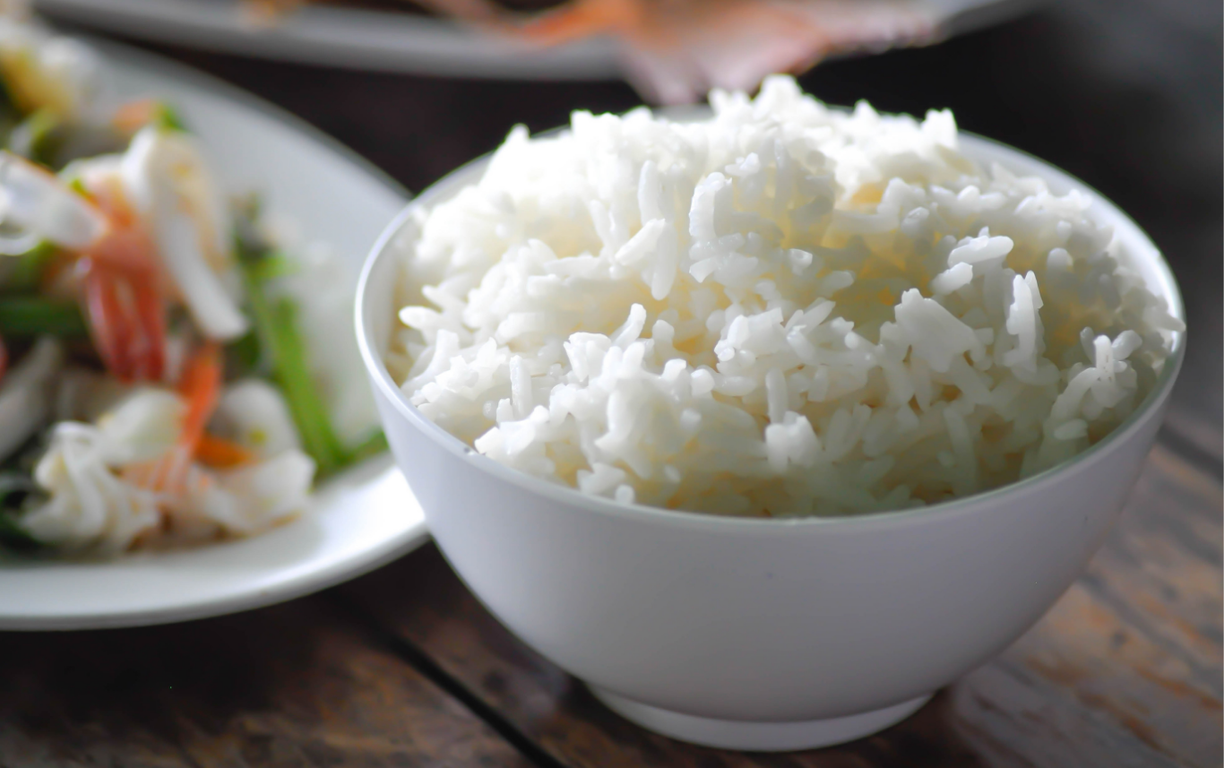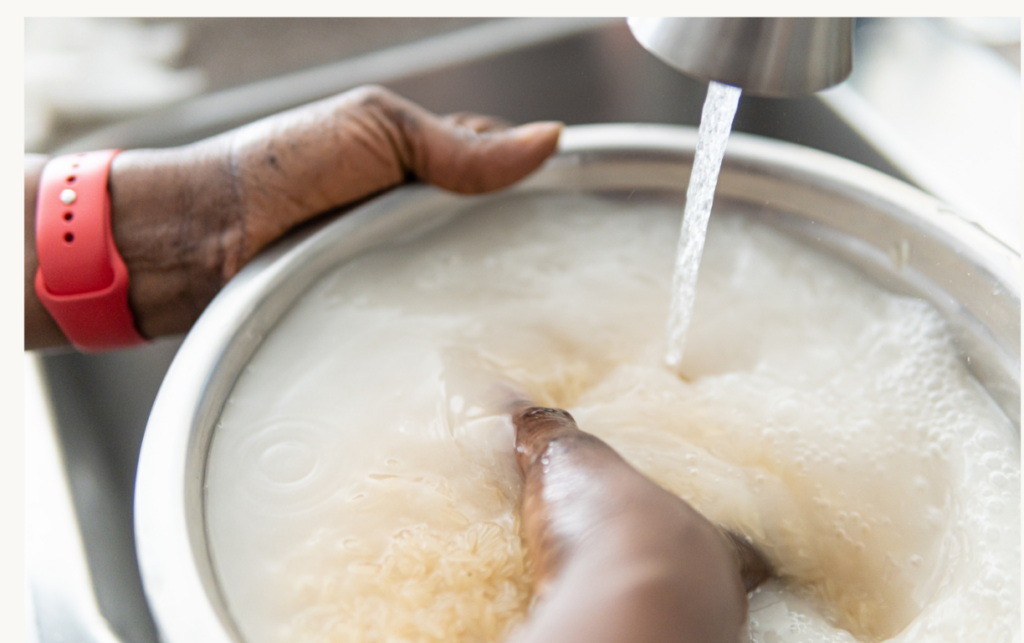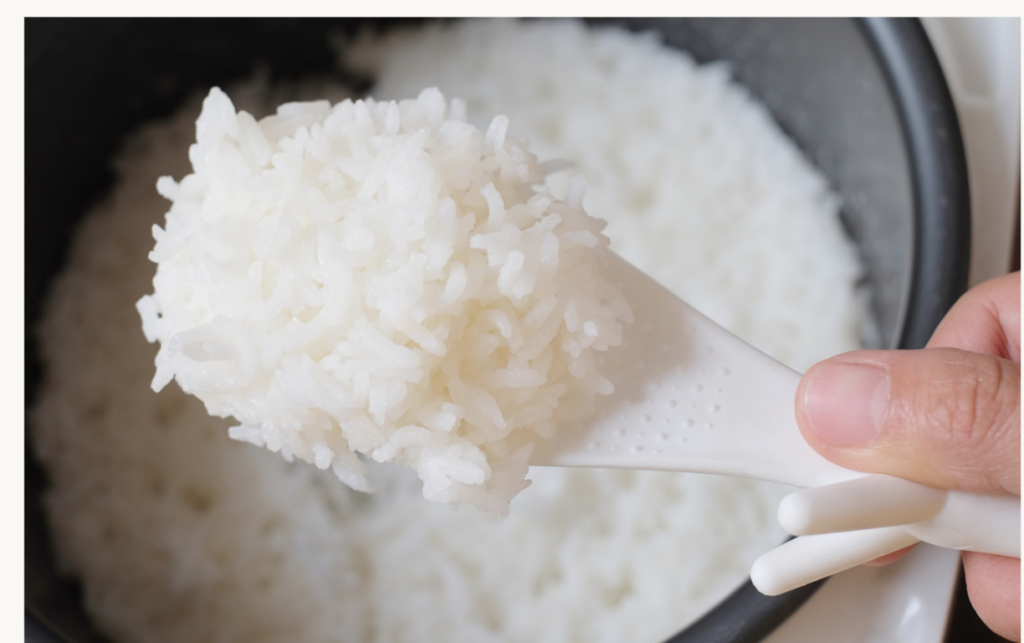Physical Address
304 North Cardinal St.
Dorchester Center, MA 02124
Physical Address
304 North Cardinal St.
Dorchester Center, MA 02124

Cooking rice may seem simple, but achieving perfectly fluffy results every time requires an understanding of several key factors. Paying attention to the type of rice, the water-to-rice ratio, and the cooking method can make all the difference. With a few science-backed techniques, you can elevate your culinary skills and impress everyone at your table.

People often overlook the importance of starch in determining the rice’s final texture. Different rice varieties contain varying levels of starch, which affects how they cook and absorb water. Knowing this allows you to adjust your cooking method for each type, ensuring your rice is exactly how you want it every time.
The cooking process involves more than simply boiling water and adding rice. Following the right steps and mindful techniques will prevent common pitfalls, leading to consistently satisfying results. By mastering these elements, you can turn a simple staple into a delicious and fluffy side dish that complements any meal.
Choosing the right type of rice is crucial to achieving fluffy and delicious results. Each rice variety has unique characteristics that affect cooking time, texture, and taste. Understanding these differences will help you select the best option for your dish.
Rice comes in three main grain types: long, medium, and short.
Long-grain rice like Basmati and Jasmine remains dry and fluffy when cooked. This variety is great for pilafs and side dishes.
Medium-grain rice is slightly sticky and ideal for casseroles or risottos. Arborio rice, commonly used in risotto, falls into this category, absorbing flavors while remaining creamy.
Short-grain rice is the stickiest and often used in sushi or rice balls. Sticky rice, often called glutinous rice, is essential for Asian dishes, as its texture helps in holding shapes. Each type plays a different role in cooking based on its grain length and starch content.
Rice also varies by color and processing. White rice is milled to remove the outer bran and germ, resulting in a more delicate texture but fewer nutrients. It’s quick to cook and works well in many recipes.
Brown rice, on the other hand, retains its bran and germ, providing more fiber and nutrients. While it requires longer cooking times, it has a nutty flavor and chewy texture that complements many dishes.
Specialty rices like Arborio, Jasmine, and sushi rice have distinct flavors and textures. Jasmine rice has a subtle floral aroma, while Arborio rice’s starch gives risotto its characteristic creaminess. Understanding the unique qualities of each type helps you choose the perfect rice for any meal.

Starch plays a crucial role in determining the texture of cooked rice. Understanding the different types of starch and their behaviors during cooking can help you achieve perfectly fluffy rice with separate grains. Key factors include the composition of starch and the gelatinization process.
Rice contains two main types of starch: amylose and amylopectin. Amylose contributes to the firm texture and helps grains remain separate when cooked. Typically, long-grain rice has a higher amylose content, leading to fluffier rice.
Conversely, amylopectin causes the rice to be stickier. Short-grain rice has a higher proportion of amylopectin. This will create a creamier texture, which can be desirable for some dishes.
Choosing the right type of rice based on its amylose and amylopectin levels is crucial for achieving your desired texture.
The gelatinization process is critical for enhancing the texture of cooked rice. When rice is heated in water, starch molecules absorb water and swell. This absorption leads to the breaking down of the starch granules, which makes the rice tender.
As the temperature increases, the granular structure of the starch disintegrates. This is what transforms hard grains into soft, fluffy rice. Proper cooking times and temperatures ensure optimal gelatinization. Under- or overcooking can disrupt the process, leading to poor texture.
Excess starch can negatively affect the rice’s texture, making it gummy or sticky. To manage this, rinsing rice before cooking is essential. This helps wash away some of the surface starch that can cause stickiness.
You should measure the right water-to-rice ratio based on the type of rice you are using. For example, long-grain rice typically requires less water compared to short-grain types. Proper cooking techniques enhance starch gelatinization, leading to perfectly cooked rice that is fluffy with distinct, separate grains.
The water-to-rice ratio is crucial for achieving perfectly fluffy rice. Getting this ratio right ensures proper water absorption, which affects the texture and flavor of the rice.
Different types of rice absorb water differently, so adjustments are essential. For example, white rice typically requires a water-to-rice ratio of 2:1. This means you should use two cups of water for every cup of white rice.
For brown rice, on the other hand, a ratio of 2.5:1 works better due to its higher moisture content and longer cooking time. Jasmine and basmati rice are often prepared with a 1.5:1 ratio, producing soft, aromatic grains.
Consider the cooking method as well. If you’re using a rice cooker, you might need to adjust ratios based on the manufacturer’s instructions. Be mindful of how different water temperatures can also affect the absorption rate. Using hot water may speed up cooking time but could lead to uneven textures.
The quality of water can greatly influence the final dish. Tap water usually contains minerals and chemicals that can alter the flavor of the rice. Filtered or bottled water is often preferred for a cleaner taste.
The temperature of the water is also essential. Cold water may require a longer cooking time, leading to uneven absorption and potentially mushy rice. Conversely, using hot water can improve absorption speed and cooking efficiency but should be monitored closely to avoid overcooking.
Additionally, insufficient water can cause dry or undercooked rice. Always ensure you have the correct ratio for the rice variety you are using for the best results. This attention to detail in the preparation process leads to perfect rice every time you cook.
You have several effective methods to choose from when cooking rice. Each method has its unique benefits and can affect the final texture and flavor of the rice. Here, we’ll explore the absorption method, steaming, and the use of rice cookers versus traditional stovetop cooking.
The absorption method is a classic way to cook rice that yields fluffy results. In this method, you typically use a ratio of 1 part rice to 1.5 or 2 parts water, depending on the type of rice.
This method ensures that the rice cooks evenly and absorbs all the water, leading to a light and fluffy texture.
Steaming is another effective method that can enhance the texture of your rice. This technique allows water vapor to gently cook the rice, keeping it moist without direct contact with boiling water.
This method results in a tender texture while helping to retain the rice’s natural flavor.
Rice cookers are a convenient option that simplifies the cooking process. They automatically adjust the cooking time based on the type of rice.
Both methods have their advantages. Your choice will depend on your cooking style and how much attention you want to give to the process.

To achieve perfectly fluffy rice, you need to pay attention to specific steps in the cooking process. Here’s what you need to focus on: rinsing the rice, boiling it correctly, and allowing for an adequate resting period.
Rinsing rice is an essential step that helps remove excess starch. This starch can make your rice gummy rather than fluffy.
Start by measuring your rice. Place it in a bowl or a fine mesh strainer under cool running water. Use your hands to stir the rice gently, ensuring all grains are rinsed.
Continue rinsing until the water runs clear. This usually takes 1-2 minutes. After rinsing, drain the rice completely before cooking. This process prepares the grains for even cooking by minimizing starch and allows for better water absorption during boiling.
Boiling rice properly is crucial for optimal texture. The common ratio is 2 parts water to 1 part rice. Bring water to a rolling boil in a pot, then add a pinch of salt for flavor.
Once you add the rice, quickly bring the pot back to a boil. Cover tightly with a lid and reduce the heat to low. This low simmer is important for the next 15-20 minutes.
During this time, the water heats the rice, causing starch granules to swell. This process, called gelatinization, transforms the rice into light, fluffy grains. Avoid lifting the lid during cooking, as releasing steam will affect the cooking time.
After the rice is done cooking, letting it rest is often overlooked but crucial. Turn off the heat and keep the lid on for 10-15 minutes. This resting period lets the steam finish cooking the rice.
This final step allows excess moisture to evaporate, helping to separate the grains. If you skip this resting time, your rice may end up sticky and clumpy.
After the wait, fluff the rice gently with a fork. This will help achieve that desired light and airy texture perfect for any meal.

Getting the final touches right can elevate your rice from good to perfect. It’s crucial to address flavor, texture, and storage to ensure your rice remains enjoyable, whether served immediately or reheated later.
Adding salt is essential for enhancing the flavor of your rice. You should add about 1/2 teaspoon of salt for every cup of uncooked rice. This helps to ensure that each grain absorbs the seasoning, leading to a more flavorful dish.
Consider adding a splash of vinegar. A tablespoon per cup of rice can break down starches, making the texture light and fluffy. You can also experiment with spices or herbs during cooking to complement your meal. Just remember to balance flavors to avoid overpowering the rice.
Undercooked rice can be tough and hard to chew. If you find this after cooking, simply add a small amount of water—about 1/4 cup—cover the pot, and let it steam for an additional 5-10 minutes on low heat. This will help the grains absorb moisture and soften.
Overcooked rice, on the other hand, becomes mushy and loses its individual grain texture. If this happens, avoid stirring as it can make it worse. Instead, spread it on a baking sheet to cool for a few minutes, which can help remove excess moisture.
Storing rice properly is key for later use. Once the rice has cooled, place it in an airtight container. Refrigerate if you’ll consume it within a few days or freeze for longer storage. Aim to use it within one week for the best taste and texture.
When reheating, add a few drops of water and cover the dish. Using a microwave or stovetop helps steam the rice, returning some moisture. If you prefer a drier texture, you can briefly sauté the rice in a pan, which warms it up while reducing moisture.
There are many ways to prepare rice that can add flavor and variety to your meals. Here are some ideas to inspire your next dish.
1. Broth Instead of Water
Cooking rice in broth instead of plain water can enhance its flavor. Use vegetable, chicken, or beef broth depending on your meal.
2. Add Herbs and Spices
Mixing in herbs and spices can transform plain rice. Consider using garlic, thyme, or bay leaves for added taste.
3. Coconut Rice
Replace some of the water with coconut milk for a creamy, sweet flavor. This is great alongside tropical or spicy dishes.
4. Stir-Fried Rice
Using leftover rice, you can make quick stir-fries. Just add your choice of vegetables and protein to create a satisfying meal.
5. Rice Salads
Chilled rice can be added to salads for extra texture. Toss it with vegetables, beans, and a light dressing for a refreshing dish.
Common Mistakes
Many cooks forget to rinse rice before cooking. Rinsing removes excess starch and helps prevent it from becoming gummy.
Improving your culinary skills with rice can open up many new recipes. Experiment with these variations and find what pleases your palate the most.
Cooking perfect rice involves understanding various techniques and common issues. Here are some important questions that can help you master the art of fluffy rice while avoiding common pitfalls.
To prevent mushy rice, rinse the grains before cooking to remove excess starch. Use the right water-to-rice ratio, typically 1¾ cups of water for every cup of rice. Also, avoid overcooking by following the recommended cooking time.
Rice sticks together mainly due to excess starch released during cooking. Rinsing the rice removes some of this starch. Additionally, consider cooking with a little oil or butter, which can help separate the grains.
The rice finger method involves measuring water level with your finger. This method works because your finger’s first joint provides a consistent water level above the rice. It helps achieve the right water-to-rice ratio for fluffy results.
Sticky rice in a rice cooker may be due to the rice type. Short-grain rice has more starch than long-grain and can become stickier. Ensure to use the correct settings and water ratios for your specific rice type.
Key steps include rinsing rice before cooking, using the proper water ratio, and allowing for resting time after cooking. Fluffing the rice with a fork before serving can also help maintain its texture.
Sticky rice is usually a cooking issue rather than spoilage. Poor rinsing and incorrect water ratios can lead to a sticky texture. If the rice has an unusual smell or color, it may be a sign of spoilage.